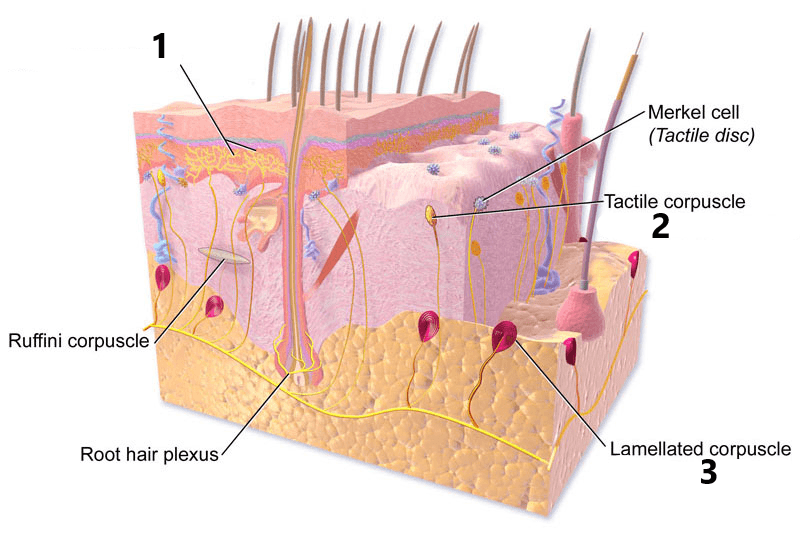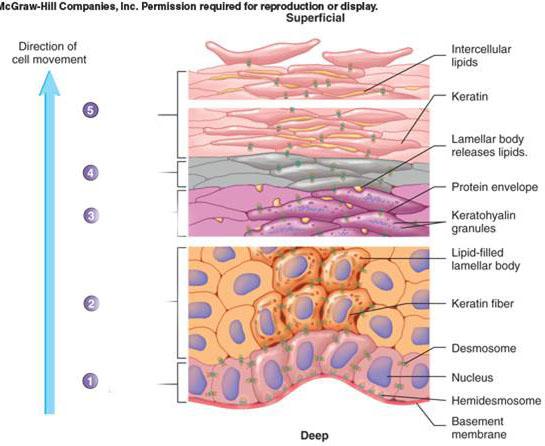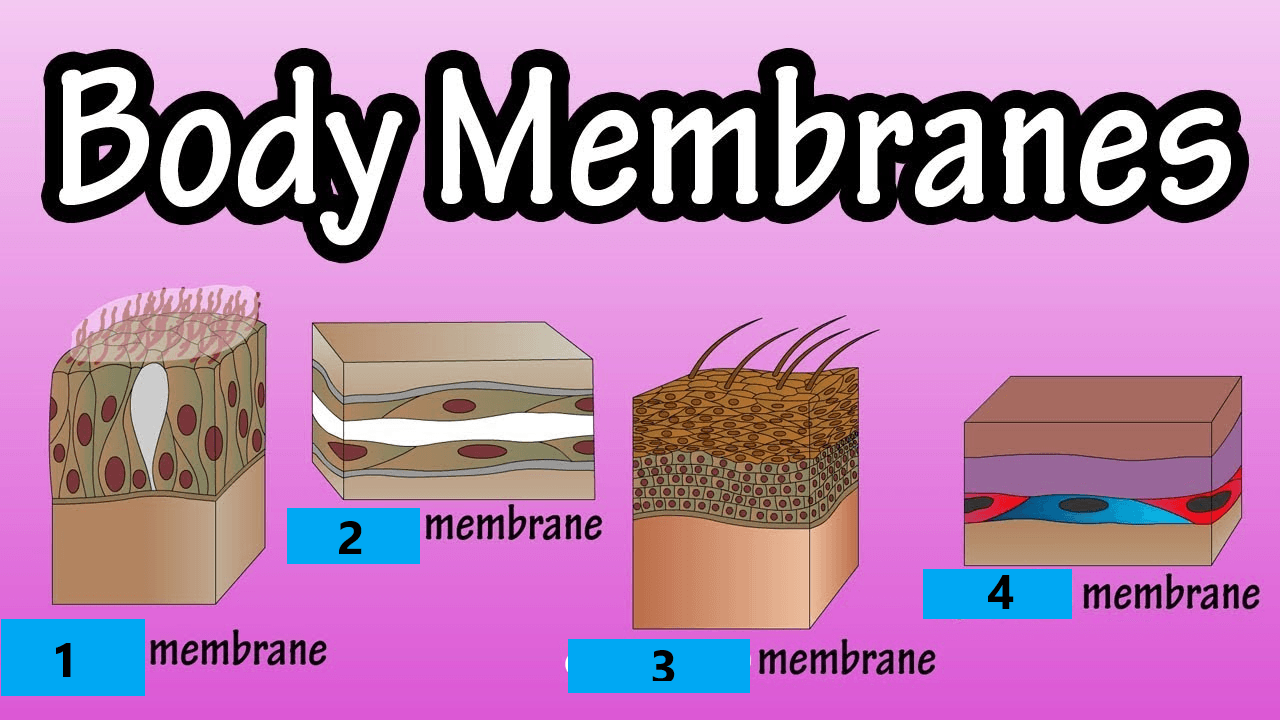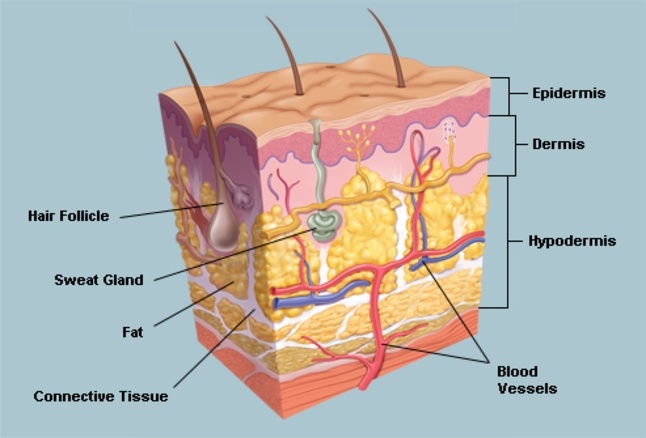
Skin and Membranes
Assessment
•
SN Goebel
•
Biology
•
9th Grade - University
•
298 plays
•
Medium
Improve your activity
Higher order questions
Match
•
Reorder
•
Categorization
.svg)
actions
Add similar questions
Add answer explanations
Translate quiz
Tag questions with standards
More options
19 questions
Show answers
1.
Multiple Choice
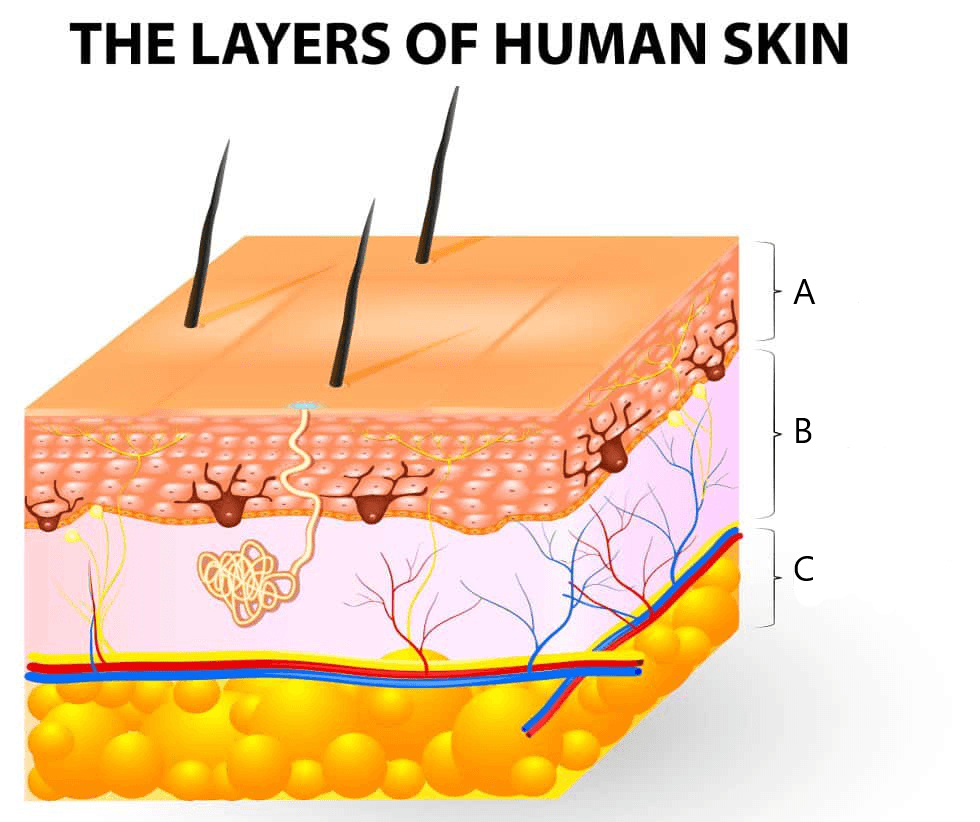
What layer of skin is A?
epidermis
dermis
hypodermis
2.
Multiple Choice

What layer of skin is B?
epidermis
dermis
hypodermis
3.
Multiple Choice

What layer of skin is C?
epidermis
dermis
hypodermis
4.
Multiple Choice
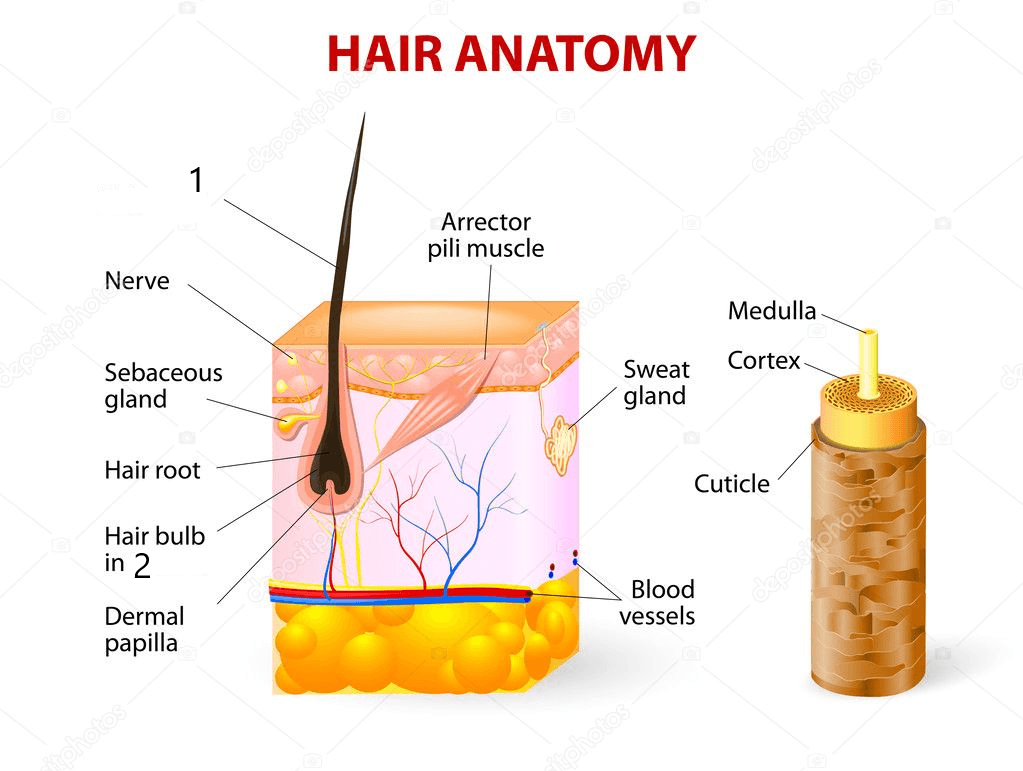
What is #1?
hair shaft
hair follicle
arrector pilli
sebaceous gland
5.
Multiple Choice

What is #2?
hair shaft
hair follicle
arrector pilli
sebaceous gland
6.
Multiple Choice
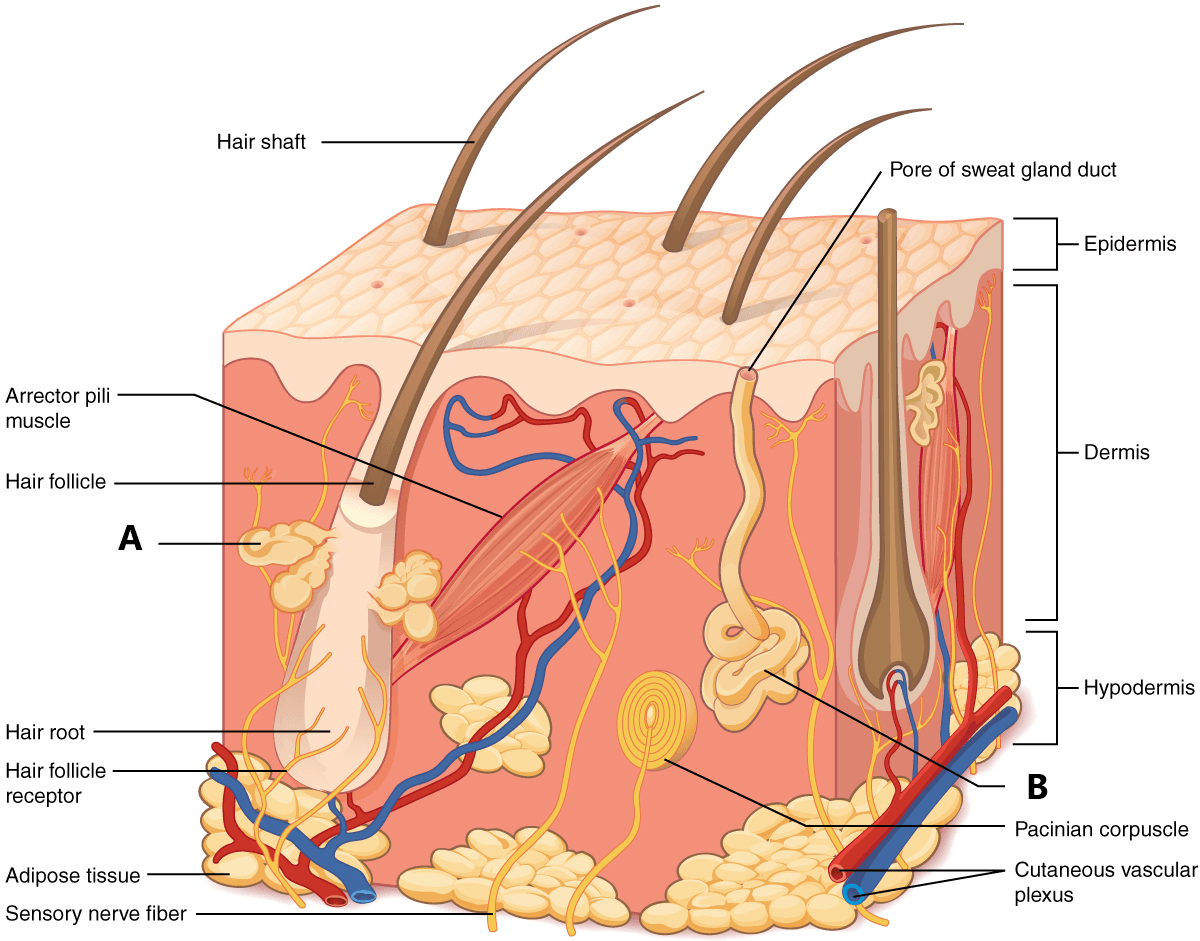
What type of gland is A?
eccrine sweat gland
sebaceous (oil) gland

Explore this activity with a free account
Find a similar activity
Create activity tailored to your needs using
.svg)

Epithelial Tissues
•
10th Grade - University

Introduction to Ecology & Levels of the Environment
•
6th - 8th Grade

Cell Transport
•
10th Grade

Introduction to Integumentary System
•
9th - 12th Grade

The Dermis
•
9th - 12th Grade

Intro to Tissues & Epithelial Tissue
•
11th - 12th Grade

Evolution
•
4th Grade

Epithelial Tissue
•
University
